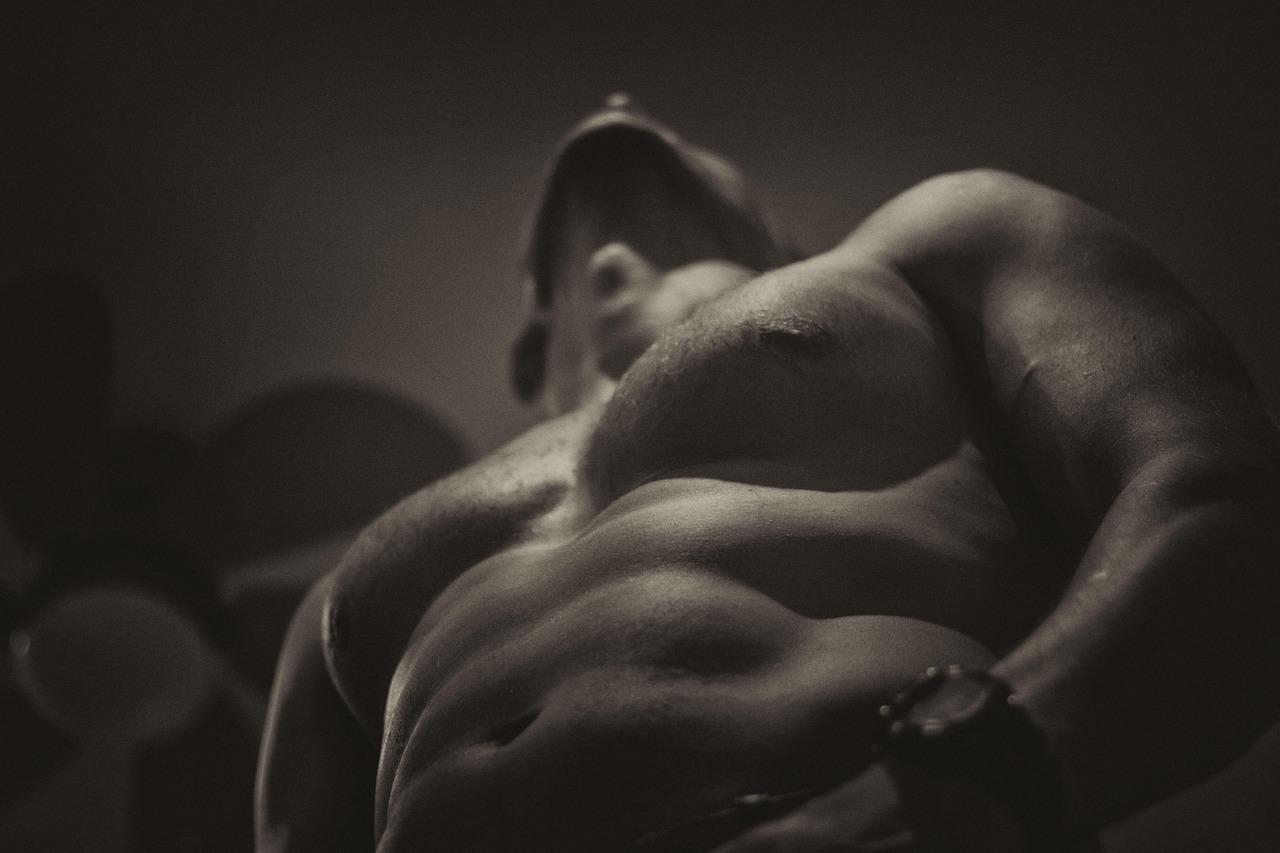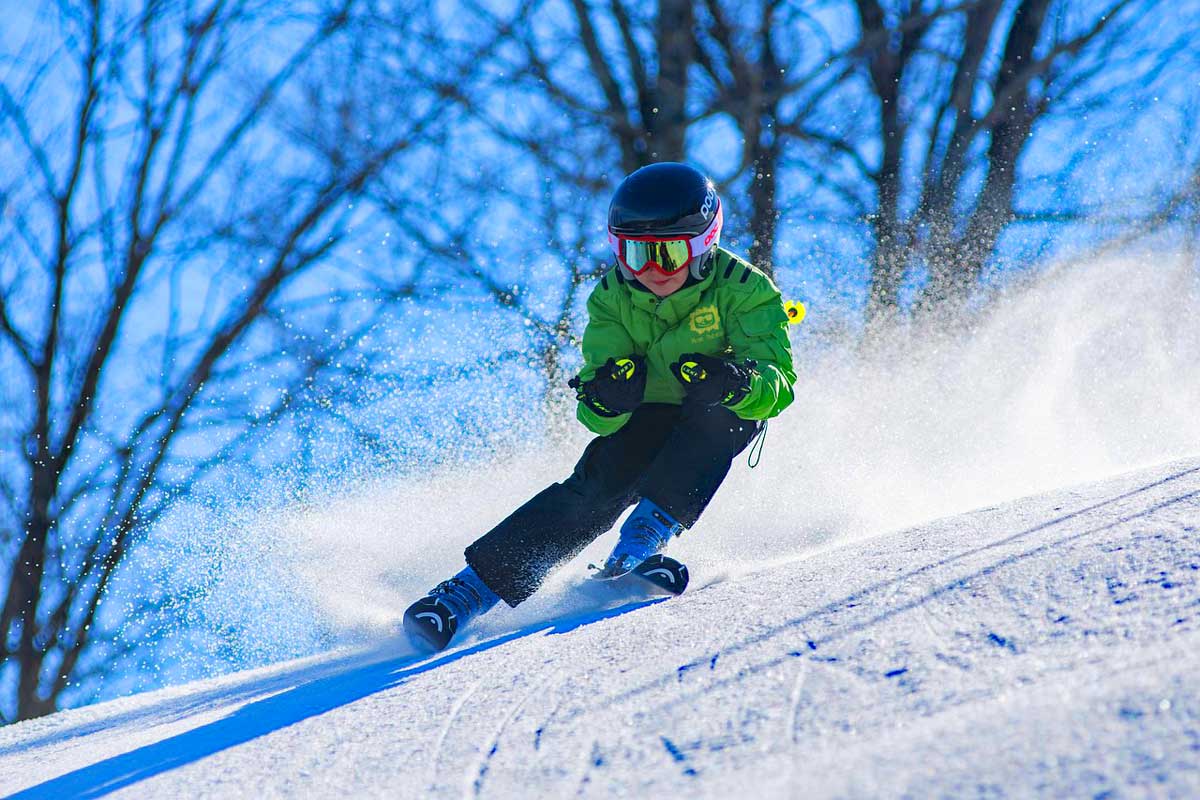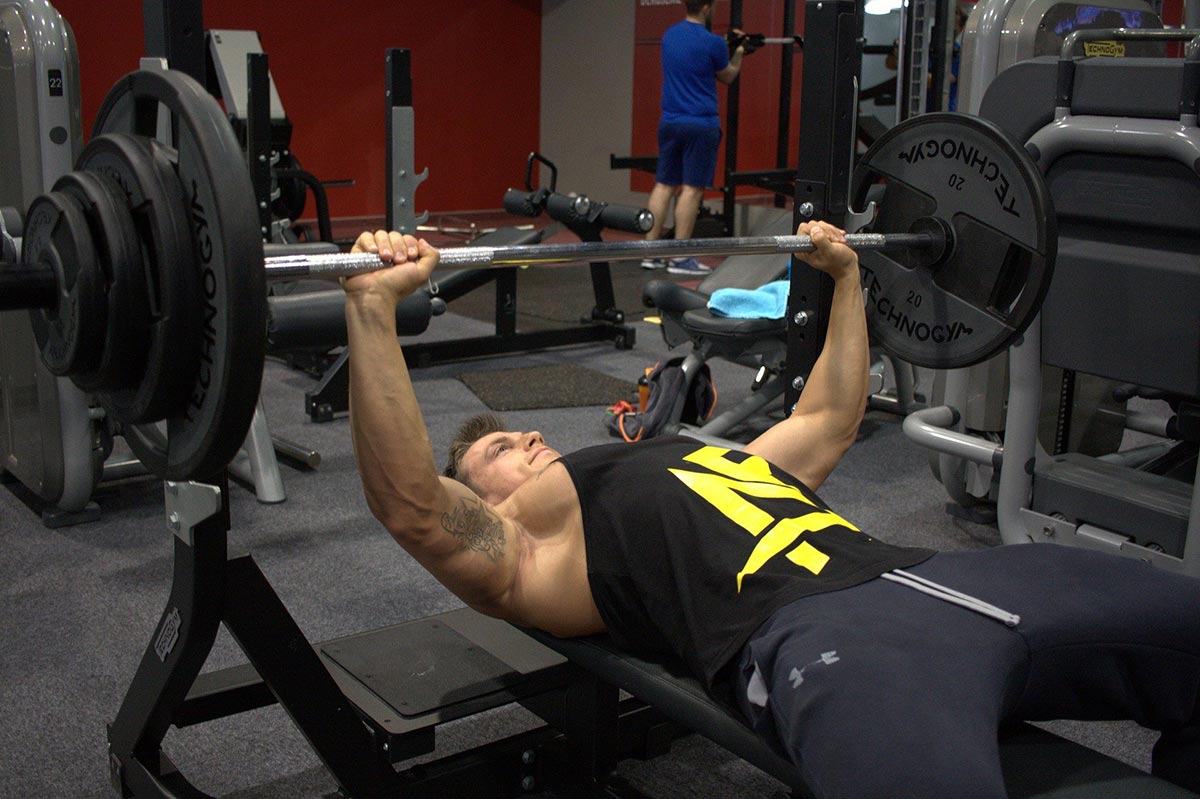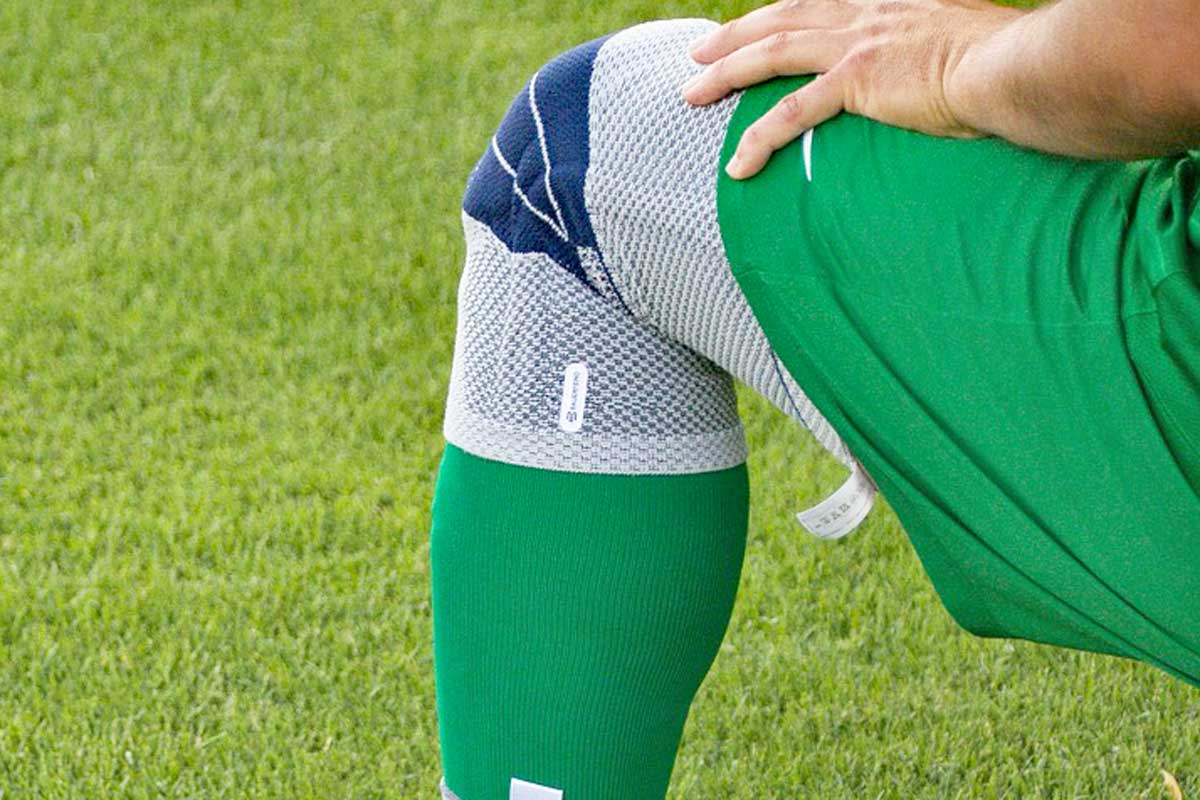The shoulder is a marvel of human anatomy, offering unparalleled mobility compared to other joints in the body. It owes its flexibility to a complex structure of bones, muscles, and tendons that work in harmony. Among these components, the rotator cuff plays a pivotal role, stabilizing the joint and enabling a wide range of movements. However, this same complexity makes the shoulder vulnerable to injuries, particularly to the rotator cuff. Understanding how to maintain shoulder health and treat injuries when they occur is crucial for anyone who engages in physical activity.
Anatomy of the Shoulder and Rotator Cuff
The shoulder joint, also known as the glenohumeral joint, is formed by the ball of the humerus (upper arm bone) and the socket of the scapula (shoulder blade). Surrounding this joint is a group of four tendons that make up the rotator cuff. These tendons are responsible for stabilizing the shoulder and facilitating its movement. Here’s a closer look at the muscles involved:
The subscapularis muscle enables internal rotation of the arm. The supraspinatus muscle assists in elevating the arm and moving it away from the body. The infraspinatus muscle aids in lifting the arm and external rotation. The teres minor muscle also contributes to external rotation of the arm. Above the shoulder joint lies the acromion bone. Between the joint and the acromion is the subacromial space, through which some rotator cuff tendons pass. This space contains a fluid-filled pad called the subacromial bursa, which cushions the tendons during movement.
Common Rotator Cuff Injuries
Rotator cuff injuries are typically the result of inflammation, impingement, or tears. These conditions can range from mild to severe and may significantly impact daily activities and athletic performance.
Impingement Syndrome
Impingement occurs when tendons of the rotator cuff are compressed or trapped during movement, leading to inflammation and pain. This condition is often exacerbated by repetitive overhead motions or poor posture.
Bursitis
The subacromial bursa can become inflamed and swollen, causing pain and limited movement. Bursitis often accompanies other shoulder conditions, such as impingement or tendonitis.
Tendonitis
Rotator cuff tendonitis is an overuse injury that develops gradually. It typically results from repetitive stress or improper movement patterns and can lead to chronic pain if left untreated.
Tears
Rotator cuff tears may be partial or complete. They can occur suddenly due to trauma, such as a fall, or develop over time as a result of degeneration. Tears often require imaging, such as an MRI or ultrasound, for accurate diagnosis.
Common Causes of Rotator Cuff Injuries
Several factors can contribute to rotator cuff injuries:
Repetitive Overhead Movements: Activities such as swimming, tennis, or weightlifting can place excessive strain on the shoulder. Poor Posture: Rounded shoulders and weak scapular muscles increase the risk of impingement. Muscle Imbalances: Disproportionate strength among rotator cuff muscles can destabilize the joint. Age: Tendons naturally weaken with age, making older individuals more susceptible to injury. - Do you know "Frozen Shoulders" ?
Symptoms of Rotator Cuff Injuries
Common symptoms include:
Pain and tenderness in the shoulder, especially when lifting the arm or reaching across the body. Weakness in the shoulder, limiting the range of motion. Pain during sleep, particularly when lying on the affected side. A sudden sharp pain, which may indicate a tear.
Treating Rotator Cuff Injuries
Effective treatment depends on the severity of the injury. Here are some general recommendations:
Rest and Modification
Avoid movements that exacerbate pain. Resting the shoulder allows inflammation to subside and prevents further damage.
Ice Therapy
Apply ice packs to the affected area for 15-20 minutes at a time to reduce swelling. Always wrap the ice pack in a cloth to prevent skin damage.
Anti-inflammatory Medications
Over-the-counter medications, such as ibuprofen, can help reduce pain and inflammation, promoting faster recovery.
Physical Therapy
Strengthening exercises are essential for addressing muscle imbalances and improving stability. A physical therapist can design a personalized program to restore shoulder function.
Surgical Intervention
In cases of severe or complete tears, surgery may be necessary. This can range from minimally invasive arthroscopy to open repair, depending on the extent of the damage.
Rehabilitation Exercises
Rehabilitation focuses on restoring strength, mobility, and stability to the shoulder. Here are three effective exercises:
Isometric Push
The isometric push-up hold builds strength around the shoulder joint without excessive movement. This exercise is particularly beneficial during the initial stages of rehabilitation.
Turkish Get-Ups
This full-body exercise enhances shoulder stability through a broad range of motion. It’s especially effective for addressing imbalances and improving coordination.
Face Pulls
Face pulls target the scapular muscles, promoting proper posture and reducing the risk of future injuries. They are a staple in any shoulder health routine.
Preventing Rotator Cuff Injuries
Prevention is always better than cure. A balanced development of shoulders. To reduce the risk of rotator cuff injuries:
Maintain good posture to minimize unnecessary stress on the shoulders. Incorporate balanced strength training that targets all three heads of the deltoid muscles. Warm up thoroughly before engaging in physical activity. Use proper technique during exercises and sports.
Rotator cuff injuries can be debilitating, but with proper care and prevention, they are manageable. Understanding the anatomy of the shoulder, recognizing early symptoms, and adopting a proactive approach to treatment and rehabilitation can ensure long-term shoulder health. Whether you’re an athlete or someone looking to maintain mobility and strength, prioritizing shoulder health is an investment in your overall well-being.













